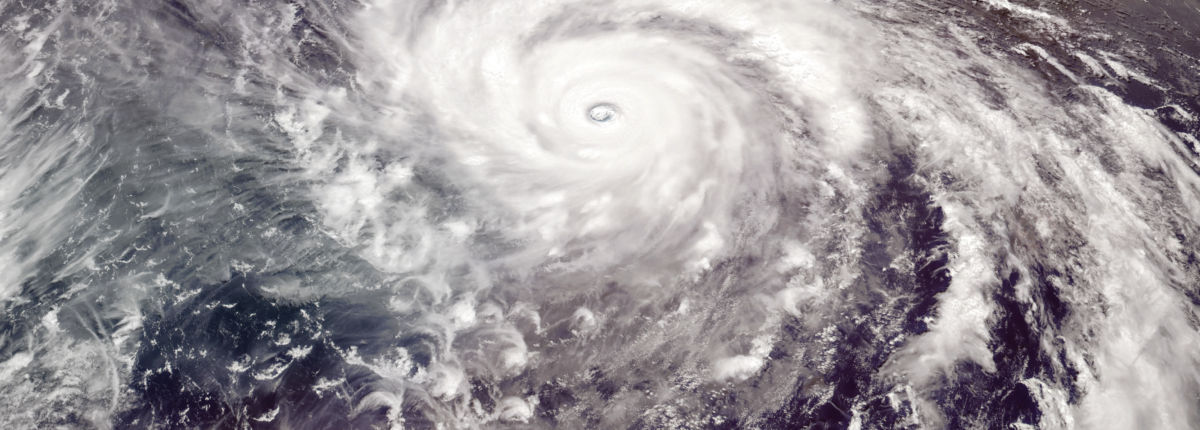Preparing For Natural Disasters During COVID-19
Editor’s Note: We have a simple goal: tap into the power of the global diabetes community to save lives. Visit coronavirusdiabetes.org to learn more about what you can do as a person with diabetes to keep yourself and others safe from COVID-19 until we’re all safe.
This article was last updated on September 7, 2021.
As people living with a chronic condition like diabetes, our lives require a bit more preparation and planning, not only for our daily routines but for the unexpected. The Atlantic hurricane season started on June 1, wildfire season has begun in the West, and as we have seen recently, natural disasters can happen anywhere and many of them without notice. This year’s natural disaster preparedness process gets a bit more challenging; we are still dealing with a pandemic that has halted the entire world, left us with a new set of “guidelines” and created a new normal for all of us.
So preparing your diabetes emergency kit can be a bit more complicated these days… Panic buying, loss of income and shortage of inventory can all make it more challenging and stressful. On top of that, in case we need to evacuate our houses, how do we shelter while social distancing? How do COVID-19 closures affect the ability to find lodging?
Where to start
After devastating Hurricane Maria hit the Virgin Islands and Puerto Rico, the Diabetes Disaster Response Coalition was created to facilitate a coordinated disaster-response effort, educate about emergency preparedness and advocate for the well being of people living with diabetes during a natural disaster.
People living with diabetes need to take some extra precautions when preparing for a natural disaster. So, with the support of scientific organizations, diabetes community organizations and pharmaceutical companies, the Diabetes Disaster Response Coalition created the Diabetes Disaster Preparedness Plan, available in both English and Spanish. Use this checklist when preparing for any disaster.
Let’s talk about supplies…
Diabetes supply list
Stock your diabetes emergency kit with the following:
- A two-week supply of all medications, including insulin and Glucagon, if prescribed
- Note: If you lose power and you have unused insulin, don’t throw it out! In an emergency, it is okay to use expired or non-refrigerated insulin. Contact your manufacturer, pharmacy or doctor with any questions.
- Supplies to check your blood sugar, like testing strips and lancets—don’t forget extra batteries!
- Extra supplies for your insulin pump or continuous glucose monitor (CGM)
- Cooler and reusable cold packs
- Note: Do NOT use dry ice and do not freeze any medication.
- Empty plastic bottle or sharps container to safely carry syringes, needles and lancets
- Items to treat high blood sugar such as pump supplies (infusion sets) and/or syringes
- Items to treat low blood sugar or hypoglycemia, like:
- Juice
- Regular soda
- Honey
- Glucose tablets
- Glucagon
In light of the COVID-19 situation, it’s highly recommended to also have face masks, disinfectant wipes and hand sanitizer in our natural disaster preparedness kits. If in a shelter, be ready to have your temperature checked frequently, and if you feel ill or suspect you have been in contact with an infected person, let shelter personnel know immediately. Again, you can check out the Patient Preparedness Plan for a more comprehensive checklist of recommended supplies and other items to have on hand in your kit, like copies of medical documents.
Sheltering while social distancing
Recently, FEMA revised their plans for evacuations and shelters. In partnership with any local, state and federal officials, they are looking at protocols for shelters that range from separating people based on temperature checks to non-congregated sheltering in hotels. People will be encouraged to abide as much as possible to the social distancing guidelines and be as cautious as possible.
Remember, it is our responsibility to take care of our families and ourselves. Even while sheltering, we can reduce or eliminate our exposure to COVID-19 by:
- Establishing and maintaining strict hygiene
- Minimizing physical interaction with others
- Taking extra precautions if we have to go out
There is a lot you can do to stay safe and healthy. And you can find more information about COVID-19 and recommendations for people with diabetes by visiting coronoravirusdiabetes.org.
Getting ready for a disaster requires a lot of preparation and supplies, and planning for storm and fire season with a pandemic still underway requires even more. If you haven’t already, start building your plan, start building your kit and start compiling the supplies that you need now. Above all: stay safe and stay healthy!
Check out another piece about disaster preparedness—How to Be Hurricane Ready with T1D.





